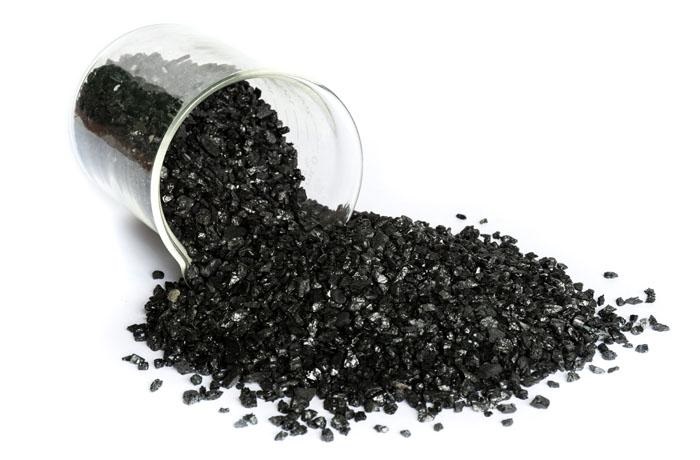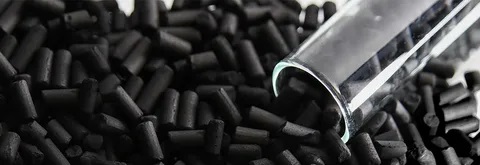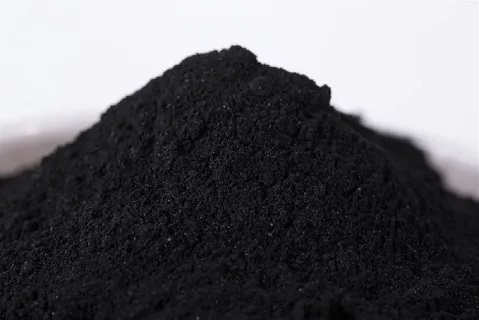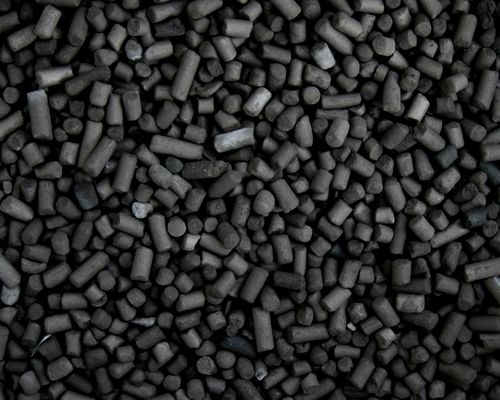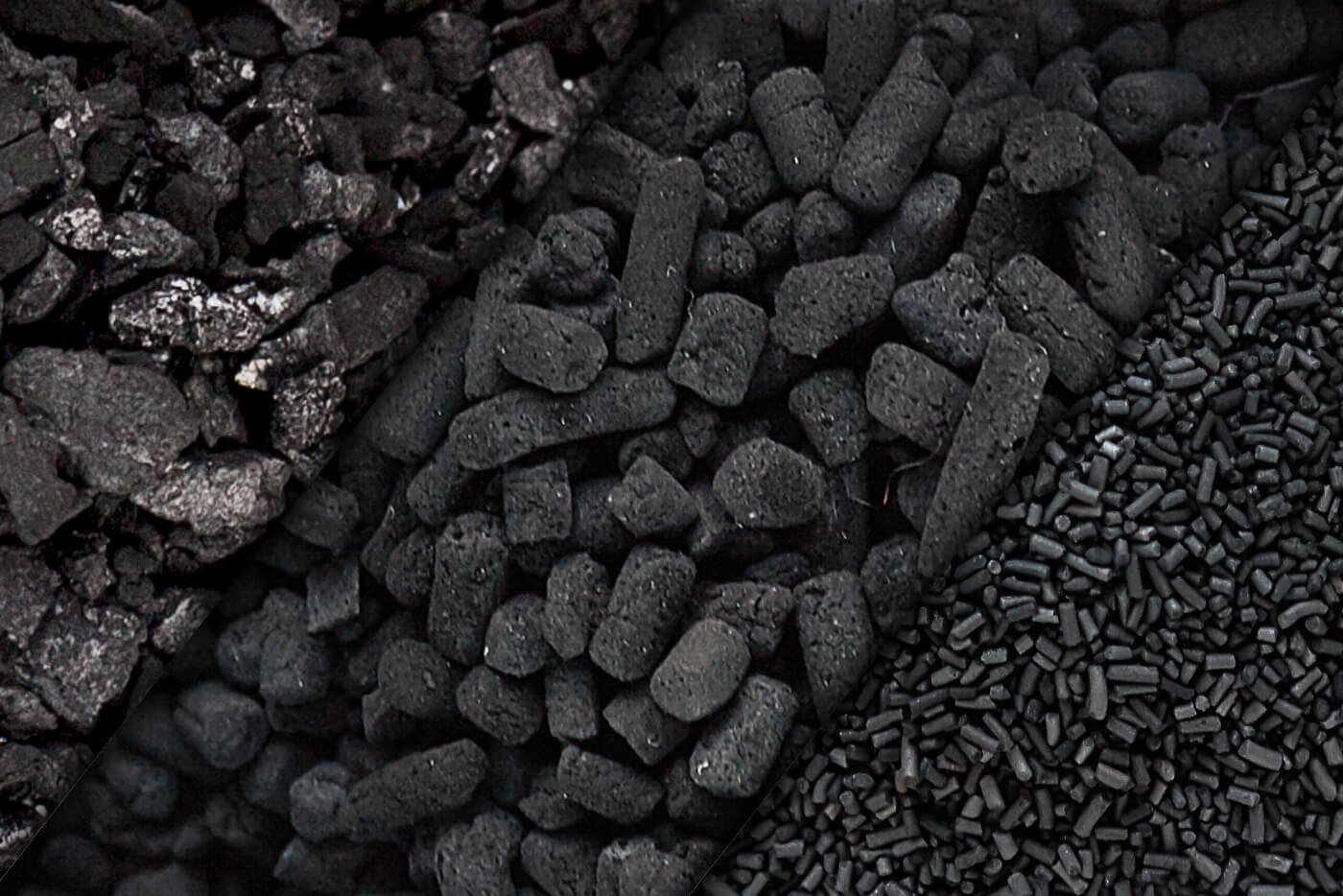We unleash your business potential by maximize the business innovation.
Send EmailActivated Carbon, 1333-86-4
Uses and Benefits in Various Industries
Activated carbon is an amorphous allotrope of the element carbon and is widely used in water and gas purification, odor control and absorption of toxic substances. This finely powdered organic material, which is black in color, is extracted from natural sources such as wood, coal and coconut and then activated by treating it with heat and oxygen at high temperatures.
 Activated Carbon
Activated Carbon
The high porosity, large surface area and surface reactivity of this material allow it to successfully contribute to purification processes in liquid and vapor applications. The health benefits that activated carbon provides to the body offer different advantages such as lowering cholesterol levels and helping to reduce bloating and gas in gastrointestinal disorders such as digestive problems.
Commercially available activated carbon products can be found in the form of filters and charcoal and can be used to purify water, remove chlorine, deodorize and lighten color. In addition, activated carbon varieties, suitable for both industrial and home use, are increasing their popularity by offering an environmentally friendly and sustainable solution.
Basic Properties of Activated Carbon:
Activated carbon is a substance known for its very high surface area and porous structure. These properties make it suitable for various applications:
Purification: Activated carbon is used to adsorb contaminants coming from outside in liquid and gaseous environments such as water and air. This feature is a common application used in drinking water networks, aquarium filters and ventilation systems.
Deodorization and color lightening: High surface area and porous structure make activated carbon a successful option in deodorization and color lightening processes by retaining color and odor causing compounds in solutions and gases.
Use in beauty and health products: Activated carbon has gained popularity with its use in teeth whitening and skin care products. It can be used for cleaning purposes thanks to its ability to adsorb oil and dirt on the skin.
The successful use of activated carbon is due to its high surface area and porous structure. This structure is surrounded by microscopic cavities called pori-pori and allows the activated carbon to present a large surface area.
Activated carbon can be used in powder or granular form and is obtained from natural materials such as coconut shells, bamboo, coal through a controlled combustion process. This controlled process helps to obtain high purity active carbon by eliminating unwanted components and chemicals.
Production and Activation
Natural resources are generally used in the activated carbon production process. These sources include organic materials such as kayu, tempurung kelapa (coconut shells), coconut shell, coal (coal), batu bara (hard coal) and lignit (brown coal).
Carbonization Process
The first stage of activated carbon production is carbonization. In this process, the organic material to be used is converted to carbon by cooking at high temperatures. The carbonization process allows the material to transform into a stable carbon structure by removing volatile components as it heats up.
Activation Techniques
Activated carbon is produced by subsequently passing the carbon obtained from the carbonization process through an activation process. The activation process ensures that the carbon structure has high surface area and porosity (porosity). There are two basic methods used in activation:
Physical Activation: In this method, the carbonaceous material is processed in an inert gas environment at high temperatures in order to reach the porosity required for activated carbon production. Once the porous structure of the carbon is formed, the activation process is completed.
Chemical Activation: In this method, which occurs faster and at lower temperatures than physical activation, chemical reagents are used for the activation process. Before activation begins, the carbonaceous material is mixed with a special chemical reagent to make it suitable for activation. Then, it is exposed to high heat and activation is achieved.
Activated carbon production is important in terms of usability and efficiency in various industries. The properties of the activated carbons obtained through different activation techniques can change, and this allows the expansion of their areas of use.
Types of Activated Carbon:
Activated carbon types are divided into three main categories according to their production processes and material properties. These categories are Powdered Activated Carbon, Granular Activated Carbon and Cylindrical (Pellet) Activated Carbon.
Powdered Activated Carbon:
Powdered Activated Carbon (PAC) is a type of carbon that is usually made from materials such as wood, coal and coconut, which are turned into fine powder through various processes. The most important feature of this type of activated carbon is that it has a high surface area. In this way, it performs the adsorption process by holding the color, odor and harmful organic compounds in liquids or gases.
Features:
Fine powder form
High surface area
High adsorption capacity
 Powdered Activated Carbon
Powdered Activated Carbon
Granular Activated Carbon:
Carbon (GAC) is a carbon form of materials such as wood, coal or coconut that has been processed into larger particles. It is generally used in water treatment systems. It is resistant to heat and humidity and plays a major role in adsorption processes such as PAC thanks to its large surface area.
Features:
Large particle form
Large surface area
Ideal for water treatment processes
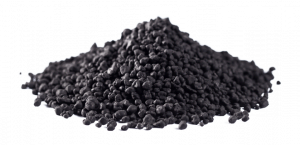 Granular Activated Carbon
Granular Activated Carbon
Cylindrical (Pellet) Activated Carbon:
Cylindrical Activated Carbon is a type of activated carbon obtained in cylindrical or “pellet” form by pressing during production processes. This type of activated carbon is primarily preferred in air and gas purification systems. It is also used to accelerate chemical reactions and increase the quality of the final product.
Features:
Cylindrical or pellet form
Used in gas and air purification systems
Also preferred as a chemical reaction accelerator
Activated carbon types are shaped according to the differences in their areas of use and preferred adsorption experiences. Activated carbon types, which have a large surface area and adsorbent capacity thanks to the microscopic pores they contain, are used to protect the environment and human health.
 Pellet Activated Carbon
Pellet Activated Carbon
Applications and Areas of Use:
Activated carbon is considered an effective and reliable material in various application and usage areas. Below are some important sectors and processes where activated carbon is used.
Water and Wastewater Treatment:
Activated carbon is widely used in water and wastewater treatment systems. It is effective in removing color, odor, taste and organic pollutants from water in drinking water and industrial water treatment plants. It is also used in wastewater treatment plants and helps to remove unwanted substances from the environment.
Air and Flue Gas Treatment:
Activated carbon in air treatment systems plays an important role in removing bad odors and harmful gases in the air. In flue gas treatment processes, activated carbon can be used to clean harmful components from exhaust gases.
Food and Beverage Industry
Activated carbon is widely used in the food and beverage sector. As an example, activated carbon is used in the decaffeination process in the production of decaffeinated coffee and tea. It also plays an active role in eliminating taste and odor problems in water treatment systems and the beverage industry.
Chemical and Pharmaceutical Industry
Activated carbon is used in various processes in the chemical and pharmaceutical sectors. Especially in solvent recovery, active carbon is used as the basis for recycling used chemical substances. In the pharmaceutical industry, active carbon can be used for purification and purification of various drug substances.
Gold Recovery
Activated carbon is used in gold recovery processes in the mining sector. In gold production, active carbon is essential in the processes of recovering metals from their solutions. In this way, it is possible to obtain gold and other precious metals efficiently and effectively.
Industrial Applications
Activated carbon is a widely used material that offers a wide range of products with versatile applications in the industry. In this section, we will examine the industrial applications of activated carbon, specifically; hydrogen chloride production and liquid and gas phase applications.
Hydrogen Chloride Production
When used for the absorption and purification of toxic components during chemical reactions, activated carbon provides an effective solution in the industry by increasing the production of hydrogen chloride in the waste stream. During hydrogen chloride production, activated carbon allows the retention of various metal salts and acidic components, thus contributing to the reduction of emissions and environmental impacts.
Liquid and Gas Phase Applications
The liquid and gas phase applications of activated carbon are versatile in industries and are used in various areas.
Solvent Recovery: Activated carbon provides efficiency in the industry by adsorbing and recovering solvents.
Air Purification: Activated carbon is used in an air purification process to remove pollutants and odors from the air.
Decaffeination: Activated carbon is used to remove caffeine naturally found in coffee and tea.
Gold Purification: In the metalworking industry, activated carbon is used in the purification and recovery processes of precious metals such as gold.
Metal Extraction: Activated carbon plays an important role in the extraction of precious metals in the metal industry. It provides the absorption of pollutants in both liquid and gas phases.
Activated carbon is used in many industrial areas to provide energy efficiency and reduce waste. This material has become an important component of important industrial processes thanks to its high adsorption capacity and wide range of uses.
Activated Carbon Use in Health and Medicine
Activated carbon is also widely used in the medical and health industries. In this section, we will examine the use of activated carbon in the fields of “Poisoning Treatment” and “Oral and Dental Health”.
Poisoning Treatment
Activated carbon is used as a treatment in many poisoning and overdose cases. Thanks to its adsorption properties, it prevents the absorption of harmful substances and toxins and removes them from the body through the gastrointestinal system. In such uses, activated carbon can be effective in the following types of poisoning cases:
Drug overdose (e.g., paracetamol)
Heavy metals (e.g., lead)
Some food poisonings (e.g., mushrooms)
However, activated carbon is not effective in cases such as corrosive substances (acids and alkalis) or alcohol poisoning.
Oral and Dental Health
Activated carbon is also beneficial for oral and dental health:
Teeth Whitening: Thanks to its adsorption feature, it attracts stains and colored substances on the tooth surface and can easily remove them through the mouth.
Tartar Control: Activated carbon can help clean bacterial plaques that stick to teeth and gums, thus reducing bad breath and tartar formation.
Deodorization: Activated carbon provides an effective solution for reducing bad breath. Bad breath is eliminated by eliminating bacteria and food residues.
When using activated carbon for oral and dental health, it is important not to press too hard or use it too often,
